In the realm of manufacturing and construction, ensuring the integrity and quality of steel plates is paramount. Delamination, a common defect in steel plates, poses significant risks to structural stability and safety. However, with diligent attention and adherence to reasonable measures, it’s possible to mitigate and control delamination effectively. This article explores the various facets of steel plate control delamination defects and outlines comprehensive strategies to address this critical issue.
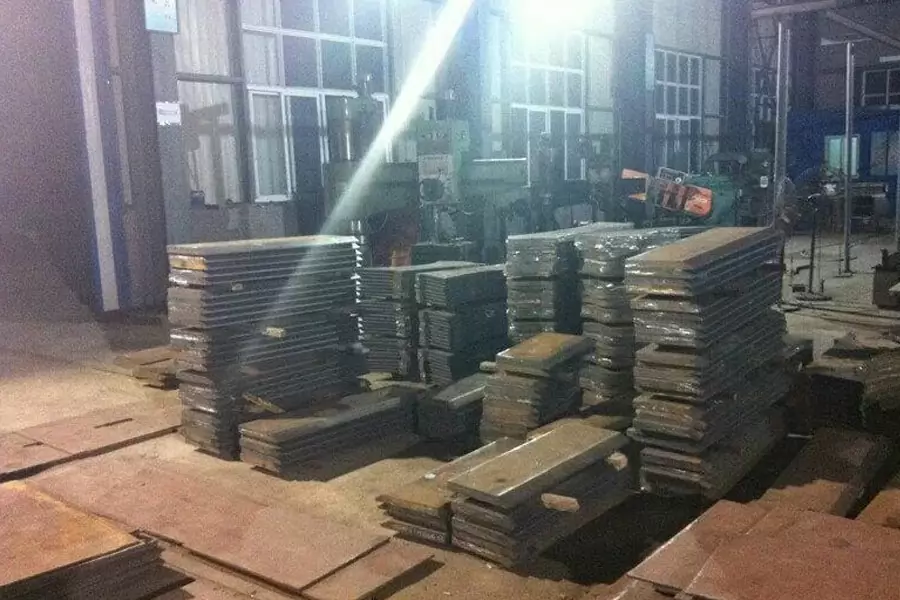
Understanding Delamination
For Q345D medium and thick steel plates, delamination defects sometimes appear, resulting in inconsistent flaw detection. The analysis believes that the root cause of the inconsistent flaw detection is the internal segregation of the cast slab. In this case, the subsequent reasonable control of cooling and optimization of the ring cooling can greatly alleviate this problem. On the contrary, the improper cooling rate after rolling leads to the formation of bainite structure and induces microcracks; while the slow cooling of the steel plate after straightening is not timely, the release of internal stress is insufficient, which leads to the expansion of internal microcracks, resulting in unqualified inspections.
Delamination refers to the separation of layers within a material, often occurring along a plane parallel to the surface. In steel plates, delamination manifests as the detachment of layers due to various factors such as improper bonding, sheet metal manufacturing defects, or environmental stressors. This defect compromises the structural integrity of the steel, leading to potential failures and safety hazards.
For this reason, reasonable measures are:
1. Centralized furnace system
The product structure of medium and heavy plate companies generally has problems such as heterogeneous steel plates, different specifications, multiple batches, and small batches. In actual production, the length and width of the rolled steel plate are quite different. When the steel plate is slowly cooled, the stacking is not neat, which leads to the failure of the inspection of the edge of the ultra-wide plate or the failure of the inspection of the head of the ultra-long plate.
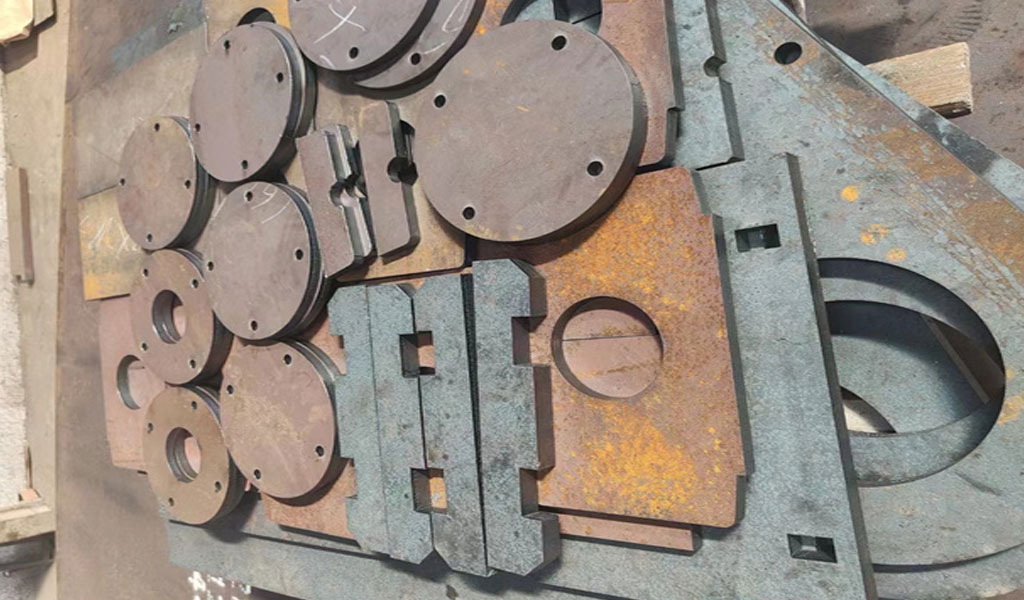
Through the establishment of a centralized furnace system, arranging contract centralized furnaces with similar length and width of rolled steel plates to ensure the neat stacking of subsequent steel plates. The batch of centralized loading furnace ensures that the width difference between the upper and lower steel plates in the same stacking position is not more than 500mm, and the length is not more than 2000mm. When necessary, use asbestos cloth to wrap around the steel plate to enhance the thermal insulation effect.
2.Optimized control cooling
Research has shown that the appearance of bainite in steel plates is generally caused by the excessive cooling of steel plates. In the past production of Q345D, the cooling rate was often controlled at 6-10m/s during controlled rolling and cooling. In order to reduce the bainite structure produced by rapid cooling, the number of ACC pole tube opening groups was reduced, when the cooling rate was reduced to 3-5℃/ At s, the segregation zone in the core of the steel plate no longer appears bainite structure, forming a conventional pearlite structure. After the optimization of controlled cooling, the stress of the segregation zone in the core of the steel plate is significantly reduced, and the microcracks caused by the stress of the structure are greatly improved.
3.Optimize slow cooling time
Optimizing the slow cooling process of steel plates mainly focuses on the stacking temperature and stacking duration of steel plates.
- Grab temperature and stack. After the rolled steel plate thickness is not greater than 80mm, the residence time in the cooling bed shall not exceed 5min after hot straightening; the thickness of the steel plate greater than 80mm can be appropriately extended to 10 minutes to ensure that the temperature of the steel plate is controlled above 500℃ before stacking.
- Strictly control the stacking slow cooling time. The slow cooling time of the steel plate with a thickness of not more than 50mm (based on the sealing time) is 12h; the slow cooling time of the steel plate with a thickness of more than 50mm is 24h, and it is strictly forbidden to unstack and finish in advance.
Causes of Delamination
- Inadequate Bonding: Poor bonding between layers during the manufacturing process can result in delamination. Insufficient heat, pressure, or improper surface preparation are common culprits.
- Material Contamination: Contamination by foreign substances such as oil, grease, or moisture can hinder proper adhesion between steel layers, predisposing them to delamination.
- Mechanical Stress: Excessive mechanical stress, including bending, shearing, or impact loading, can induce delamination by disrupting the interlayer bonds.
- Corrosion: Corrosive environments accelerate the degradation of steel, leading to delamination. Rust formation between layers weakens the structural integrity and promotes detachment.
Detecting Delamination: Early detection of delamination is crucial for preventing catastrophic failures. Non-destructive testing (NDT) techniques such as ultrasonic testing (UT), magnetic particle inspection (MPI), and radiographic testing (RT) are commonly employed to identify internal defects in steel plates. Visual inspection, acoustic emission testing, and thermography also aid in detecting surface and subsurface delamination.
Preventive Measure
- Quality Assurance Protocols: Implement stringent quality control measures throughout the manufacturing process to ensure proper bonding and material integrity. Regular inspections and audits help identify and rectify potential issues before they escalate.
- Surface Preparation: Thoroughly clean and prepare steel surfaces to remove contaminants and promote optimal bonding between layers. Proper surface roughness enhances adhesion and reduces the likelihood of delamination.
- Controlled Environment: Maintain controlled environmental conditions, including temperature and humidity, to prevent moisture absorption and corrosion. Storage facilities and production areas should be adequately ventilated and monitored to minimize environmental degradation.
- Material Selection: Choose high-quality steel grades suitable for specific applications to minimize the risk of delamination. Consider factors such as alloy composition, surface finish, and coating compatibility to enhance durability and performance.
- Adhesive Selection and Application: Utilize appropriate adhesives compatible with steel substrates and operating conditions. Ensure proper adhesive application techniques, including uniform coverage and adequate curing, to maximize bond strength and durability.
- Stress Management: Design components and structures with sufficient margin of safety to withstand mechanical stresses without inducing delamination. Incorporate reinforcement techniques such as stiffening ribs, fillet welds, or mechanical fasteners to distribute loads and mitigate stress concentrations.
- Corrosion Protection: Implement corrosion prevention measures such as protective coatings, cathodic protection, or corrosion inhibitors to safeguard steel surfaces from environmental degradation. Regular maintenance and inspection programs are essential for detecting and addressing corrosion-related issues promptly.
- Training and Education: Provide comprehensive training and education to personnel involved in steel fabrication, installation, and maintenance. Empower employees with knowledge of best practices, safety protocols, and quality standards to foster a culture of excellence and accountability.
Case Studies and Best Practices: Highlight real-world examples of successful delamination control strategies implemented in various industries such as aerospace, automotive, marine, and infrastructure. Showcase innovative technologies, collaborative partnerships, and industry initiatives aimed at enhancing steel plate quality and performance.
Conclusion: Delamination poses a significant challenge in the realm of steel plate manufacturing and usage, but it is not insurmountable. By adopting a multifaceted approach encompassing quality assurance, preventive measures, and continuous improvement, stakeholders can effectively mitigate delamination defects and uphold the integrity and reliability of steel structures. Through collaboration, innovation, and a steadfast commitment to excellence, we can build a safer and more resilient future.
The Detail Of BE-CU Die Casting Company

If you are looking for dependable volume manufacturing metal parts supplier with High pressure die casting service who offers you competitive price, good service and quality for aluminium die casting, zinc, or magnesium die casting, then BE-CU Prototype are surely a partner you are looking for to fulfill all your die casting needs. With quality service and state of art technology, BE-CU indeed claim in providing quality pressure die casting including aluminum/zamak/magnesium alloy castings to our customers all over the world.
To work with us,be-cu don’t just stop at taking your order and delivering your die casting products. be-cu are there for you at every step right from your preferred selection of aluminum die casting, Zamak die casting (Zamak 2, Zamak 3, Zamak 5, Zamak 8) or magnesium die casting products and services to post-order phase. In brief, once you become our customer, be-cu are with you every step on the way.
-
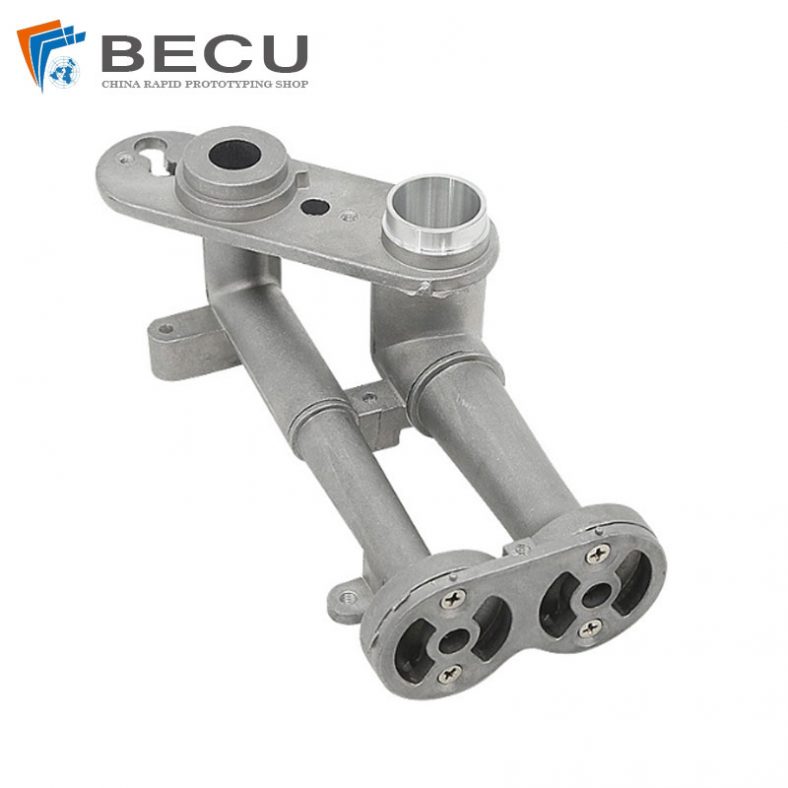
CNC Machining Gas Stove Bottom Joint
-

Gravity Die Casting Custom Street Light Heat Sink
-
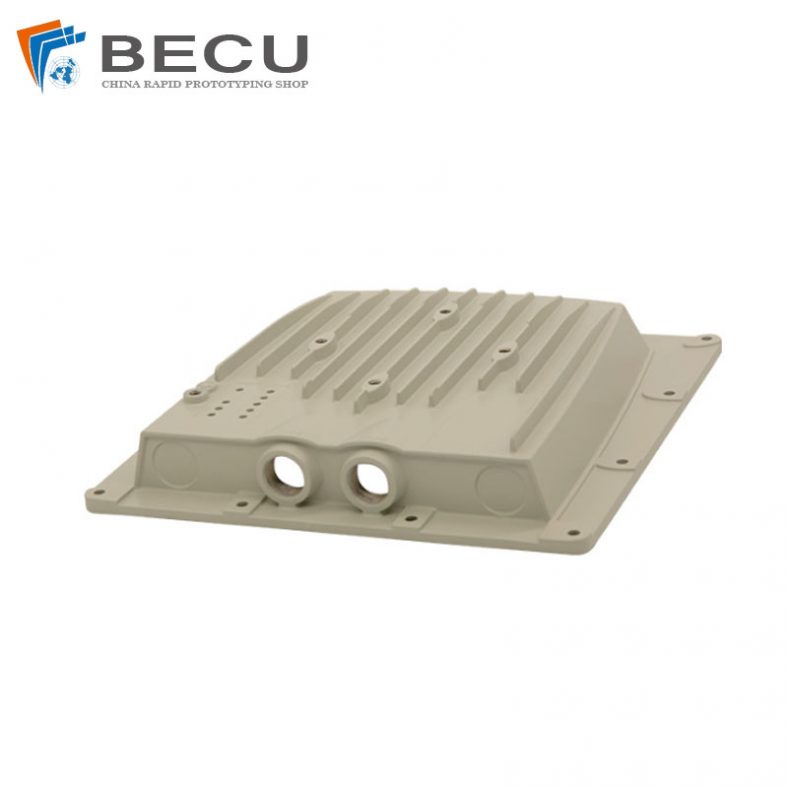
Die Casting LED Canopy Lights Heatsink For Gas Station
-
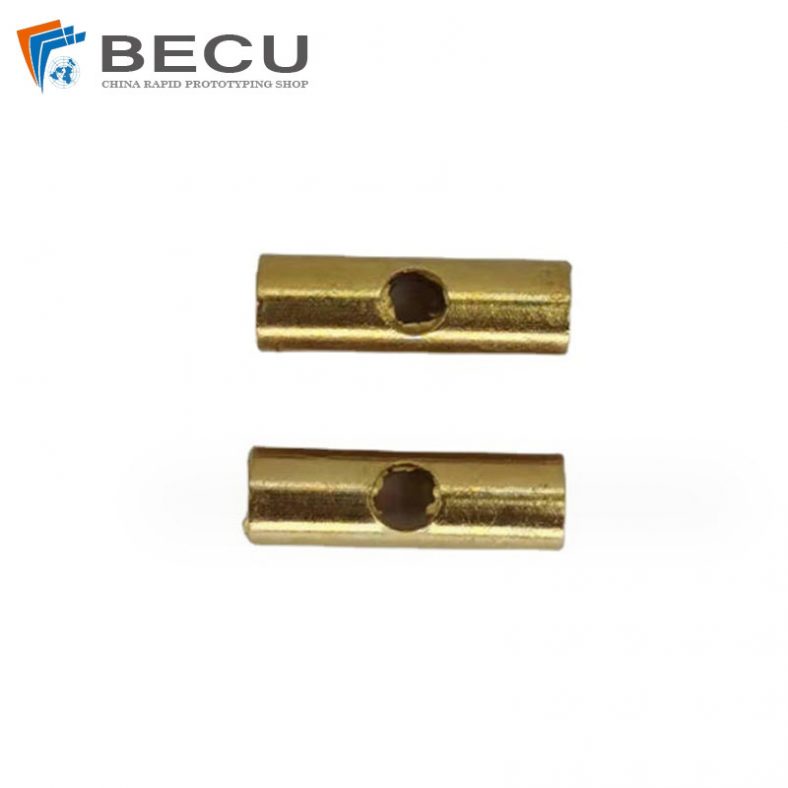
Zinc Die Casting PA10 Transformer Connector Terminal
-
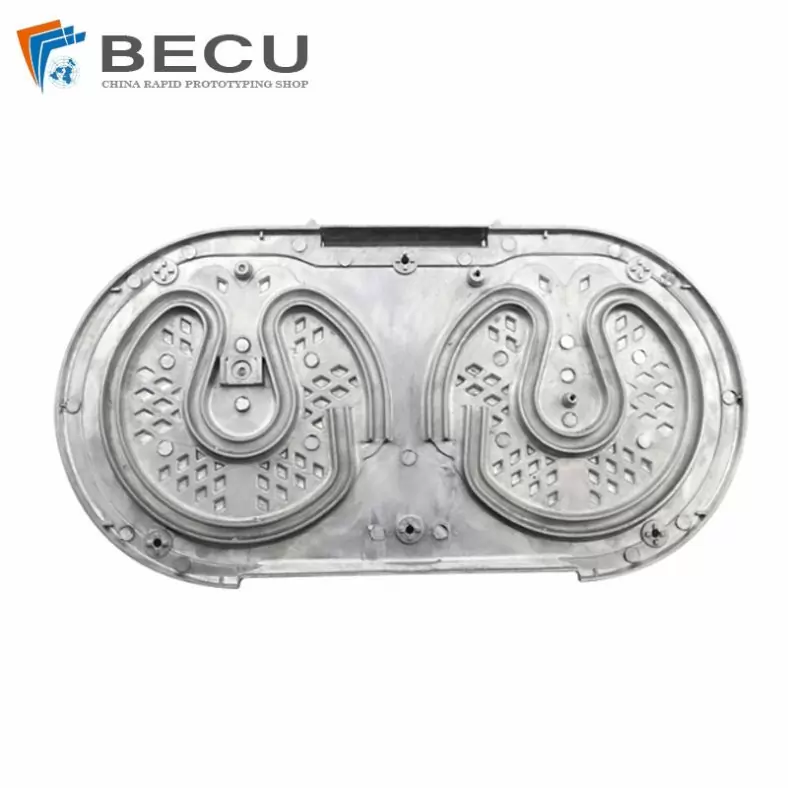
Die Casting Aluminium Cookware Chassis
-

Die Casting Wheels With Aluminum Alloy 5 Axis CNC Machining
-
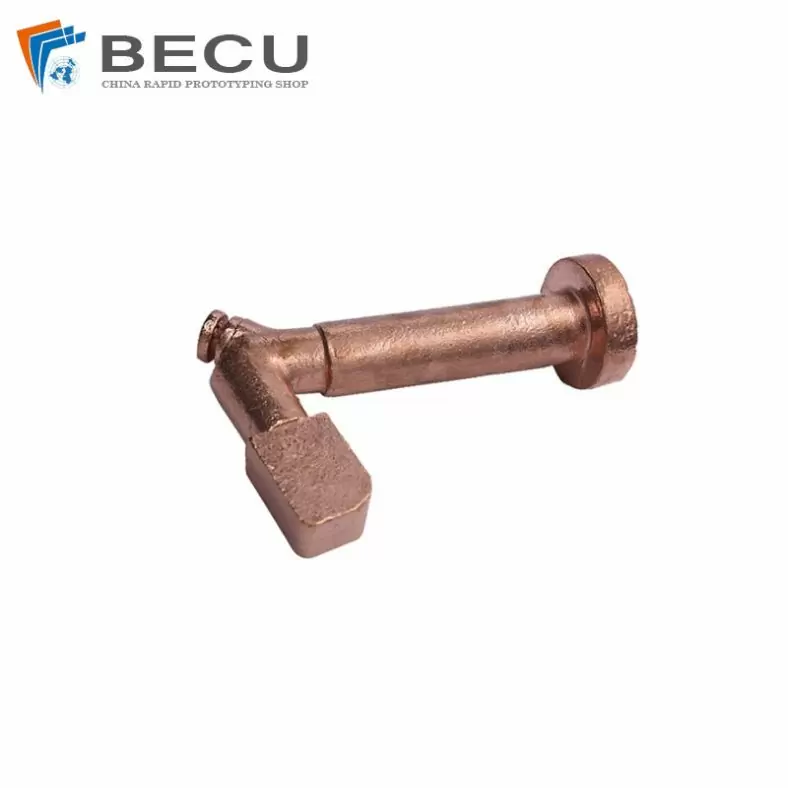
Precision Machined Copper Die Casting Parts
-
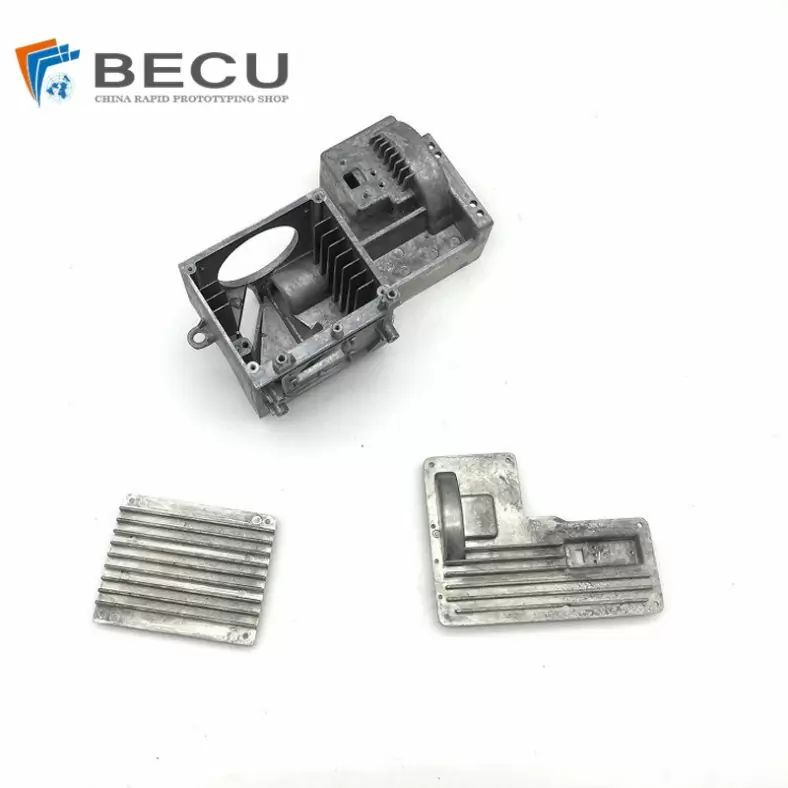
Professional Small Baler Aluminum Alloy Die-casting Mold Production
-
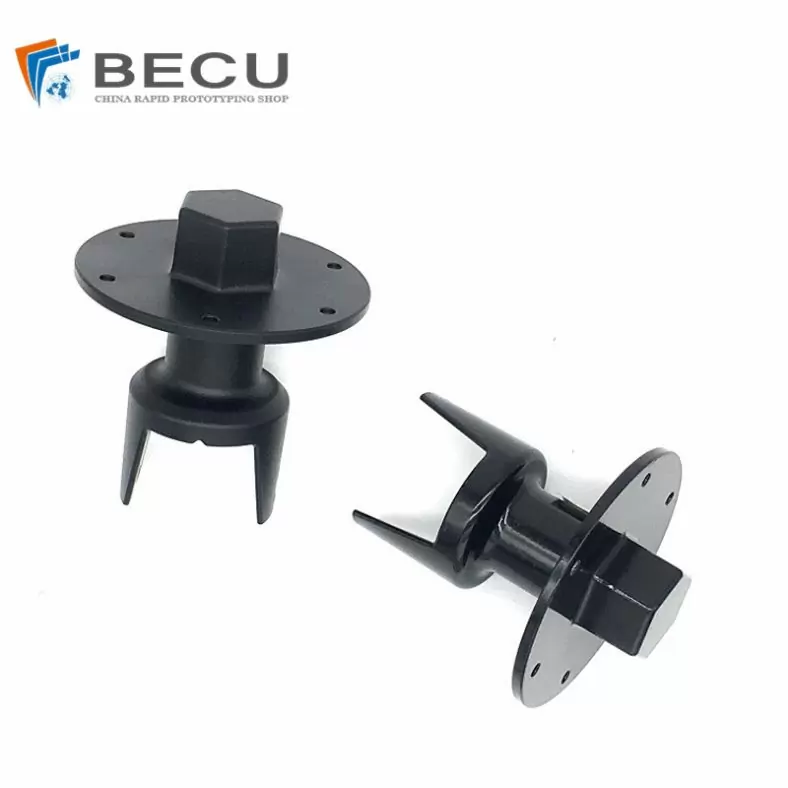
China Die Casting Factory Manufactures Surface Sprayed Aluminum Valve Body
-
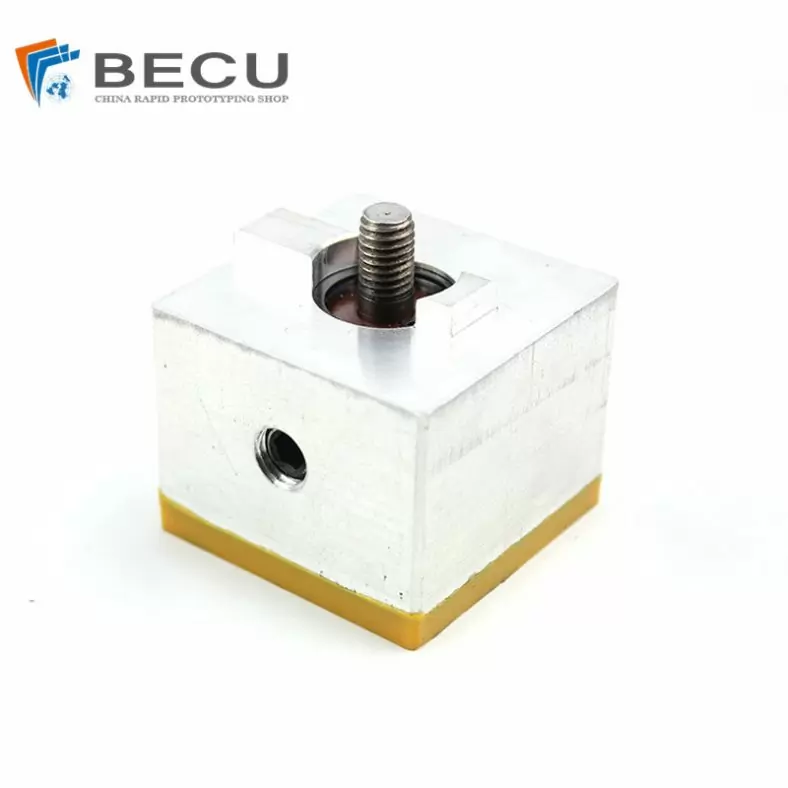
Extrusion Die-casting Polyurethane-Coated Aluminum Alloy Profiles
-

Custom Precision Aluminum Die Cast Brackets and Finishes
-
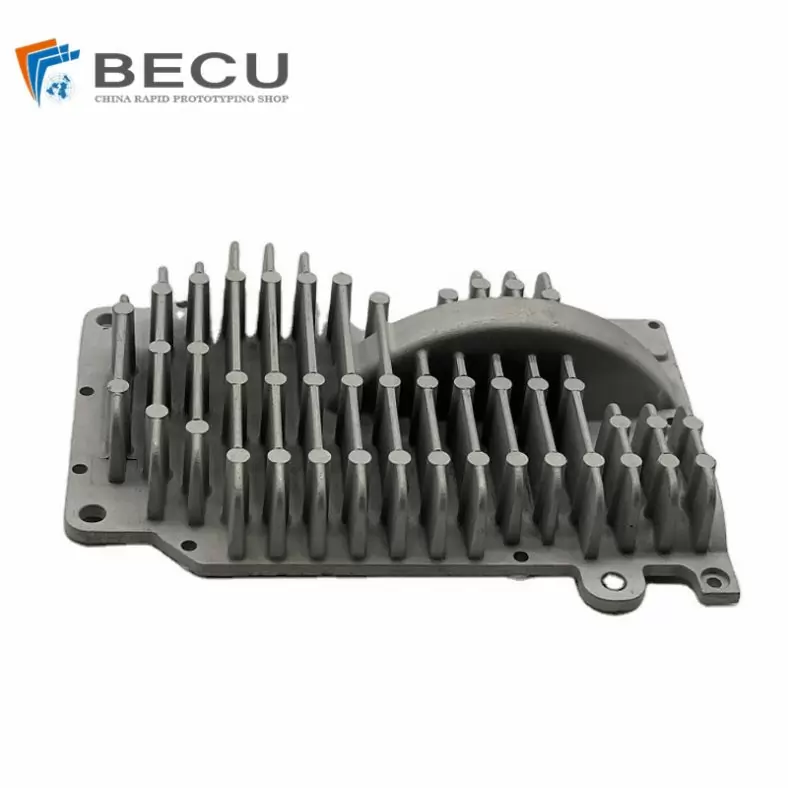
Extrusion Die-casting Magnesium Alloy Heat Sink Shell
